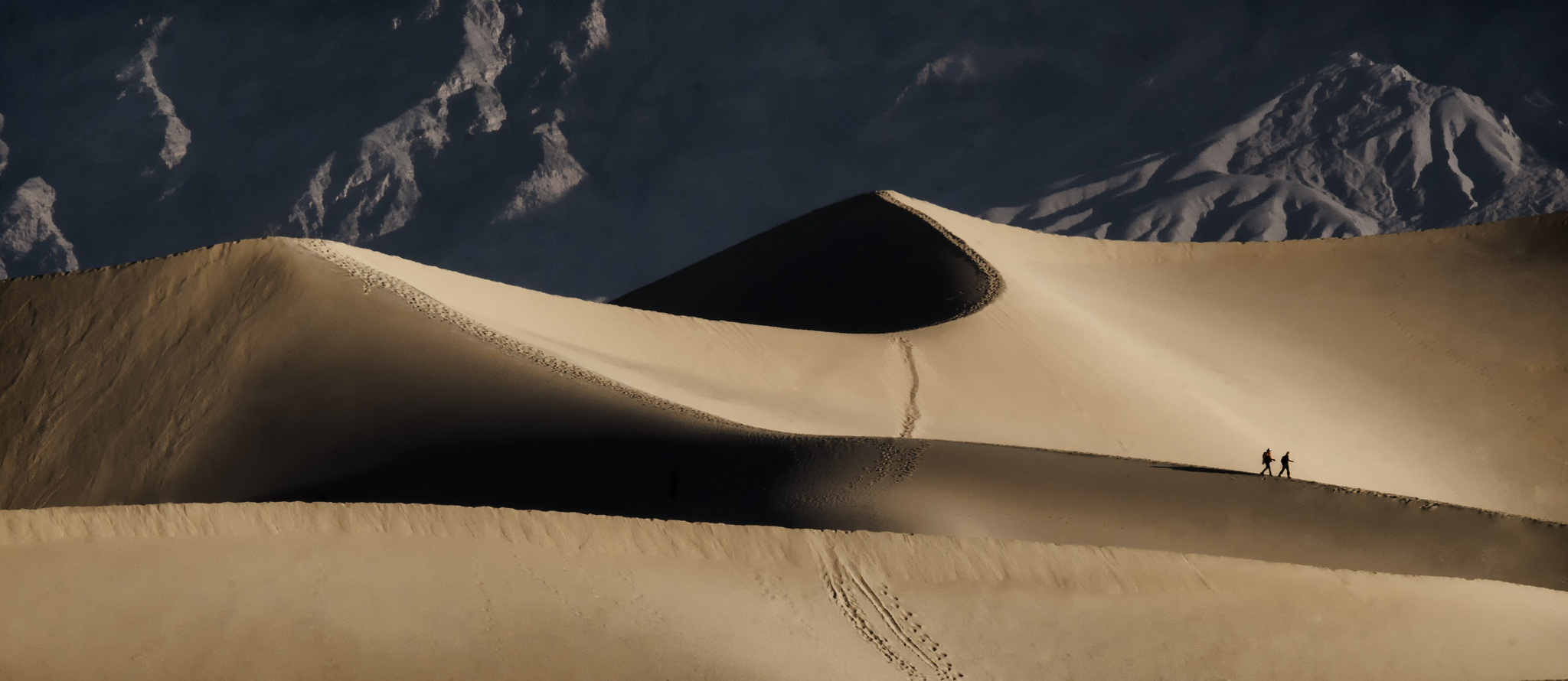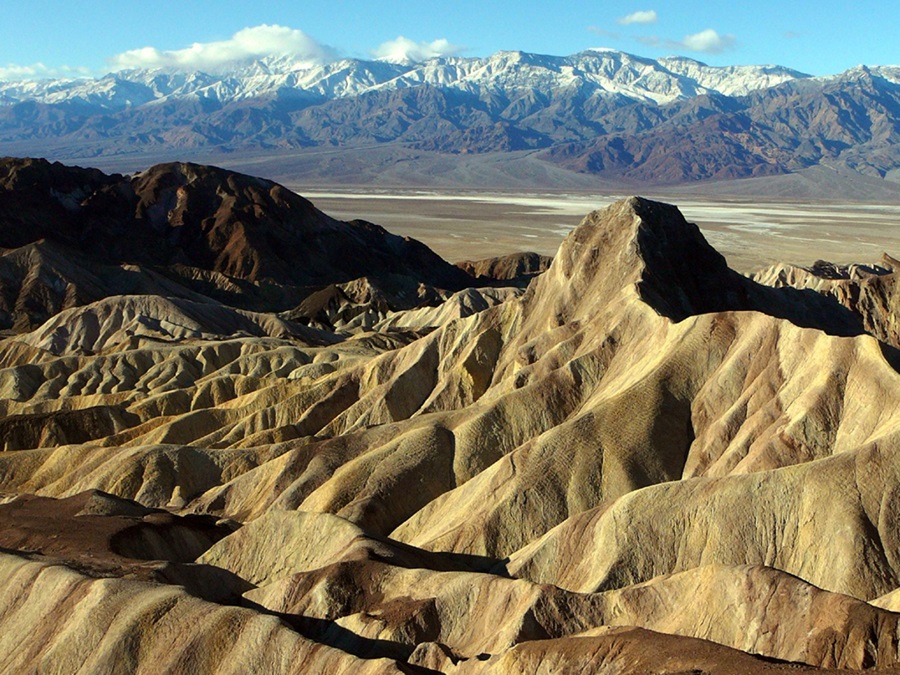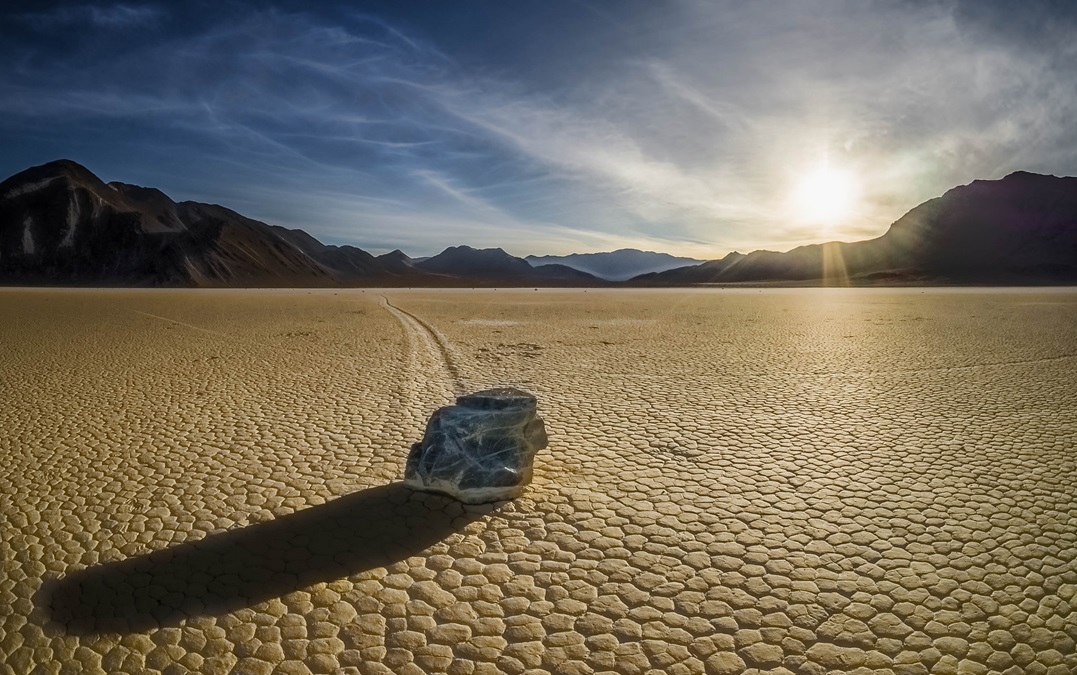Fly to the national parks in Nevada and Southern California
Three of these parks showcase the diversity of desert environments, from remote alpine mountains to scorched, dry lakebeds below sea level. Go under the sea at the fourth park to see colorful fish, or stay dry while you look for whales and hike uninhabited islands just offshore from densely populated Southern California.
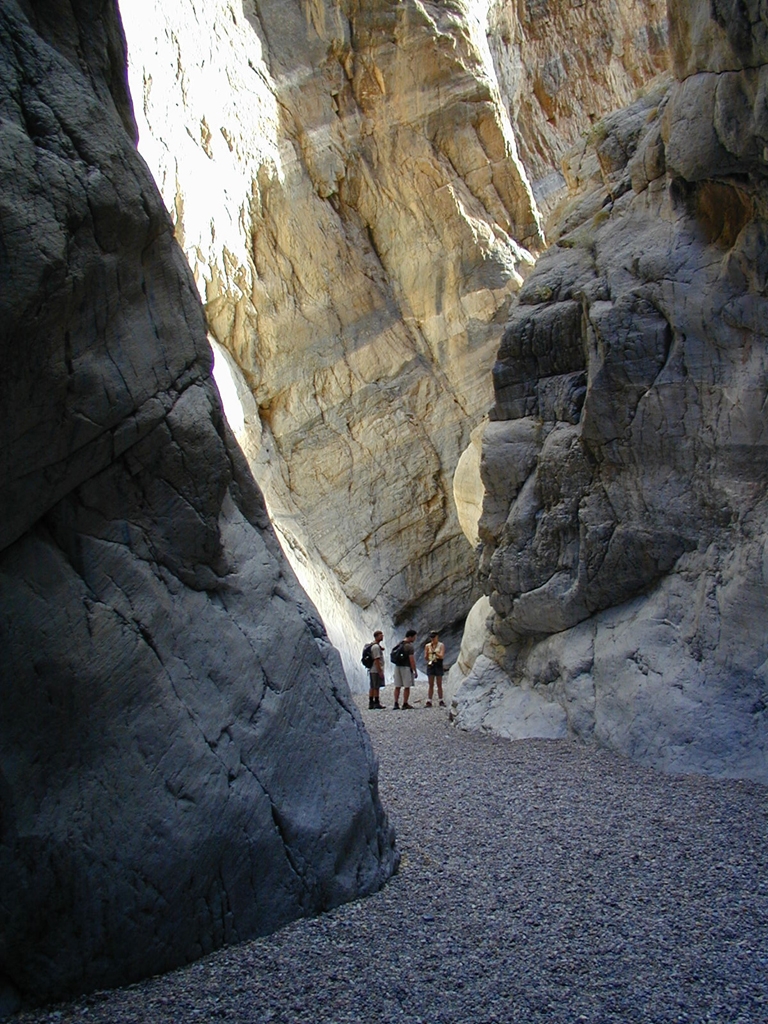
Death Valley National Park, California and Nevada: Death Valley is America’s hottest, driest, and lowest national park. The Furnace Creek Airport, adjacent to the luxurious Oasis at Death Valley (formerly called the Furnace Creek Resort), sits at an elevation of minus 210 feet. The resort has excellent accommodations, cuisine, and the world’s lowest golf course. Other accommodations are available inside and outside the park, including the Panamint Springs Resort, which has a short, steep, one-way gravel airstrip. To explore the park, rent a Jeep at Furnace Creek or take a Jeep tour. In good rain years, wildflowers abound on the valley floor and foothills. Other park highlights include Badwater Basin (the lowest spot in North America); Dante’s View; the Mesquite Flat Sand Dunes; Artist’s Drive; Ubehebe Crater; and The Racetrack, a flat area where rocks mysteriously move on their own, leaving tracks behind them. Those with appropriate skills and equipment can land at the remote, 1,400-foot, steep, one-way gravel Chicken Strip in Saline Valley to soak in the clothing-optional hot springs.
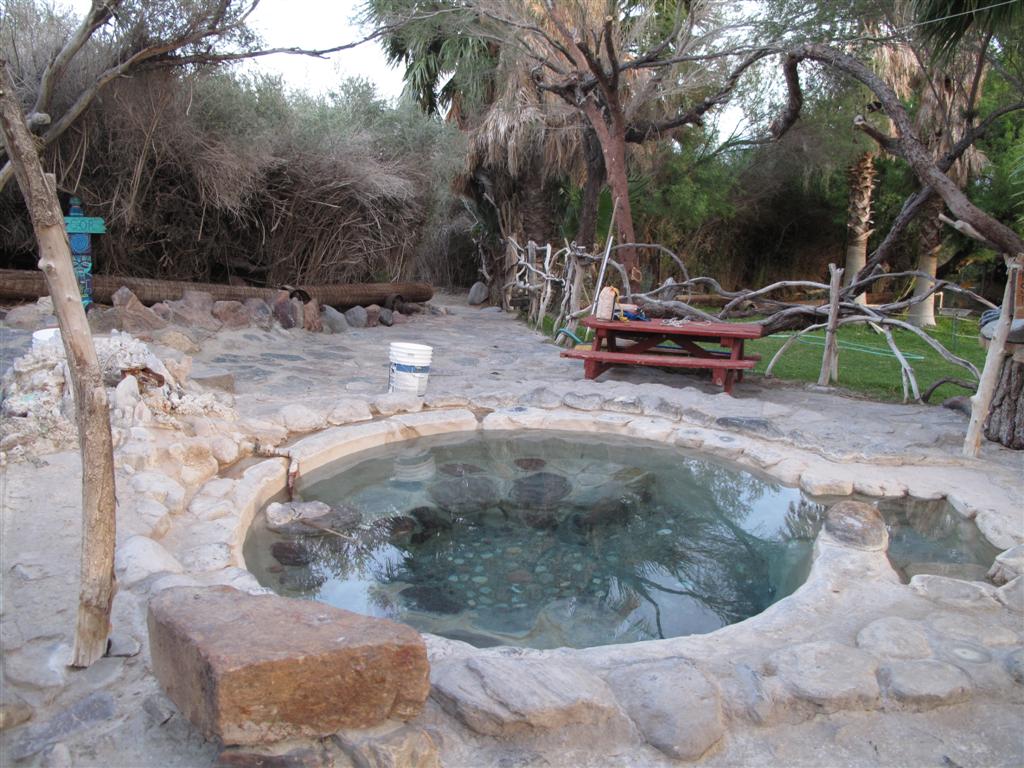
Joshua Tree National Park, California: This park is named for the iconic, odd-looking Joshua trees you’ll find scattered throughout this desert. The slow-growing trees are members of the Agave family. They need an occasional winter freeze, which damages the tree’s tips, causing them to bloom the following spring and then branch out. Trees without branches have never bloomed. In the last couple of decades, Joshua Tree has become a Mecca for rock climbing, slacklining, and highlining, with "more than 8,000 climbing routes, 2,000 boulder problems, and hundreds of natural gaps to choose from." Other popular activities include ranger-led tours, stargazing, photography, wildflower viewing, birding, scenic drives, and hiking. The park has no lodging, but there are nine campgrounds.
Channel Islands National Park, California: This park protects five pristine islands that lie off the Southern California coast. You can fly to Santa Rosa Island, but only from Camarillo Airport as a passenger in Channel Islands Aviation’s twin-engine Britten-Norman Islander. Then you’ll hike around with your pilot as a tour guide, or on your own, or camp overnight before returning to Camarillo. Your other option is to land at Oxnard and take a taxi or rental car to the Oxnard or Ventura harbors, where you’ll board an Island Packers boat for one of their many cruises. Choose from summer or winter whale watching trips, birding trips, or visit any of the islands for the day or overnight. Kayaking is a popular island activity; you can choose a tour, rent a kayak, or bring your own. You can also bring scuba or snorkeling gear on the boat to explore the marine sanctuary that surrounds the islands.
